Sometime in the middle of the 5th century BC, Herodotus, a Greek, living in a city called Halicarnassus (modern-day Bodrum, Turkey) set out to explain the origins of the Great War from a generation before. This war was waged between his peoples, the Greeks, and the Persians.
As you explore the Herodotus OpenLearn Collection, use the Timeline to help you to place some of the events in chronological context. The Hestia Project map is referenced from some events, providing texts and geographical contexts to explore. Always be cautious with dates for events in this period, and cross-reference sources carefully and critically.
Chronology in ancient Greece
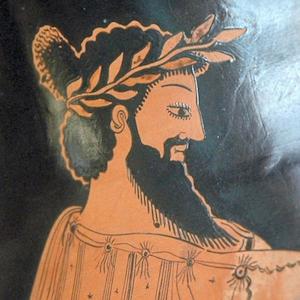 Croesus, from an Attic vase, held in the Louvre, Paris
Croesus, from an Attic vase, held in the Louvre, Paris
Though the four-yearly cycle of the Olympiads provided some orientation, the Greeks didn’t really have a common system for recording dates. See, for example, Thucydides, 'The Peloponnesian War', Book 2, Ch. 2:
“The 30 years' truce which was entered into after the conquest of Euboea lasted 14 years. In the 15th, the 48th year of the priestess-ship of Chrysis at Argos, in the Ephorate of Aenesias at Sparta, in the last month but two of the Archonship of Pythodorus at Athens, and six months after the battle of Potidaea, just at the beginning of spring, a Theban force . . .”
Local time systems were used, notably based on the names of individuals who held some political magistracy such as eponymous archons (chief magistrates in various Greek city states) or who were in religious office. Extrapolating from these individual records, we can provide rough BC dates for the majority of events that take place in Herodotus’ ‘The Histories’.
Herodotus counts by generations, for example the kings of the Mermnads dynasty, ruling from c.680 - 547 BC in Lydia, form the background for Book 1: Gyges, Ardys, Sadyattes II, Alyattes and finally, his son Croesus who we look at in some detail. It has been argued that generational calculation was a standard way for early historians to come up with dates, and many students find this lack of a clear chronology very frustrating.
You may be interested in looking at Eusebius of Caesarea’s chronicle (c.311 AD), translated c.380 AD by Jerome, which forms a very early attempt to synchronise events to provide an absolute timeline. Another source for Greek chronology is the Parian Marble (Parian Chronicle or Marmor Parium), held at the Ashmolean Museum in Oxford since the 17th century AD. View scans and translations of the marble here (NB: Chrome, Safari and IE browsers only).
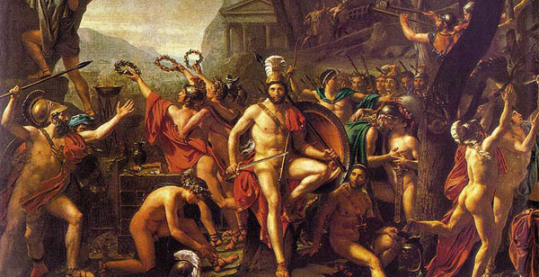
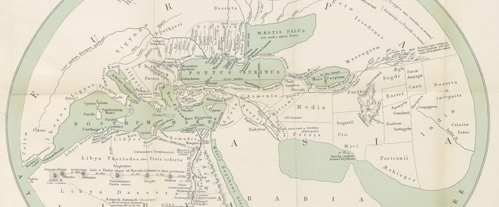
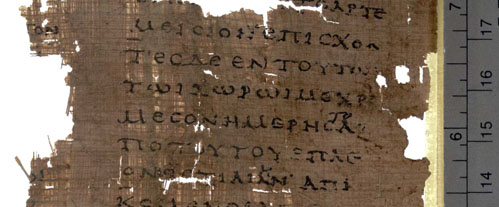
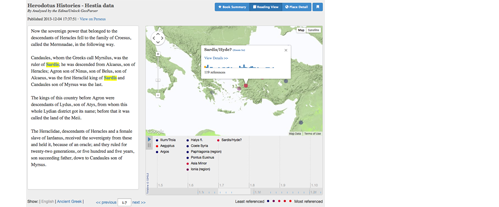
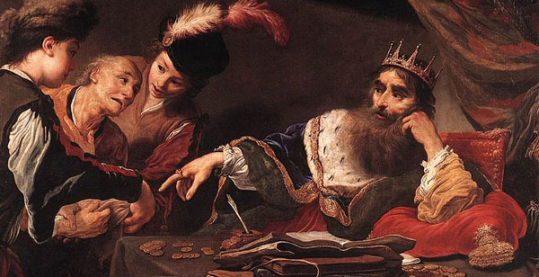
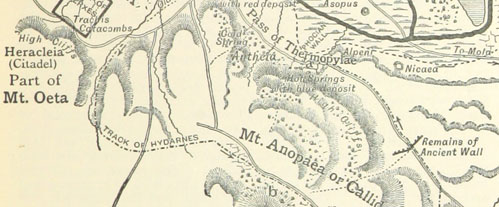
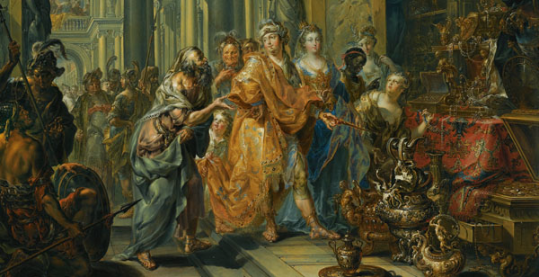
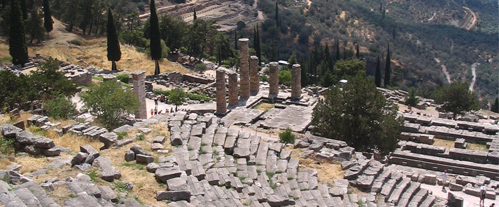
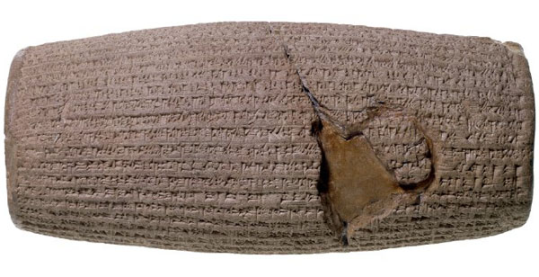
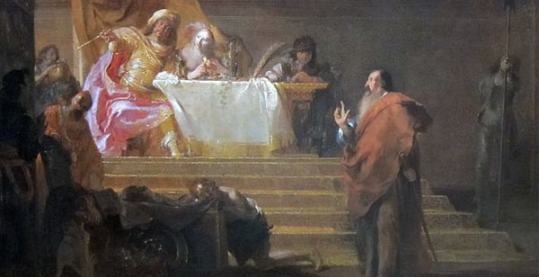
Rate and Review
Rate this activity
Review this activity
Log into OpenLearn to leave reviews and join in the conversation.
Activity reviews